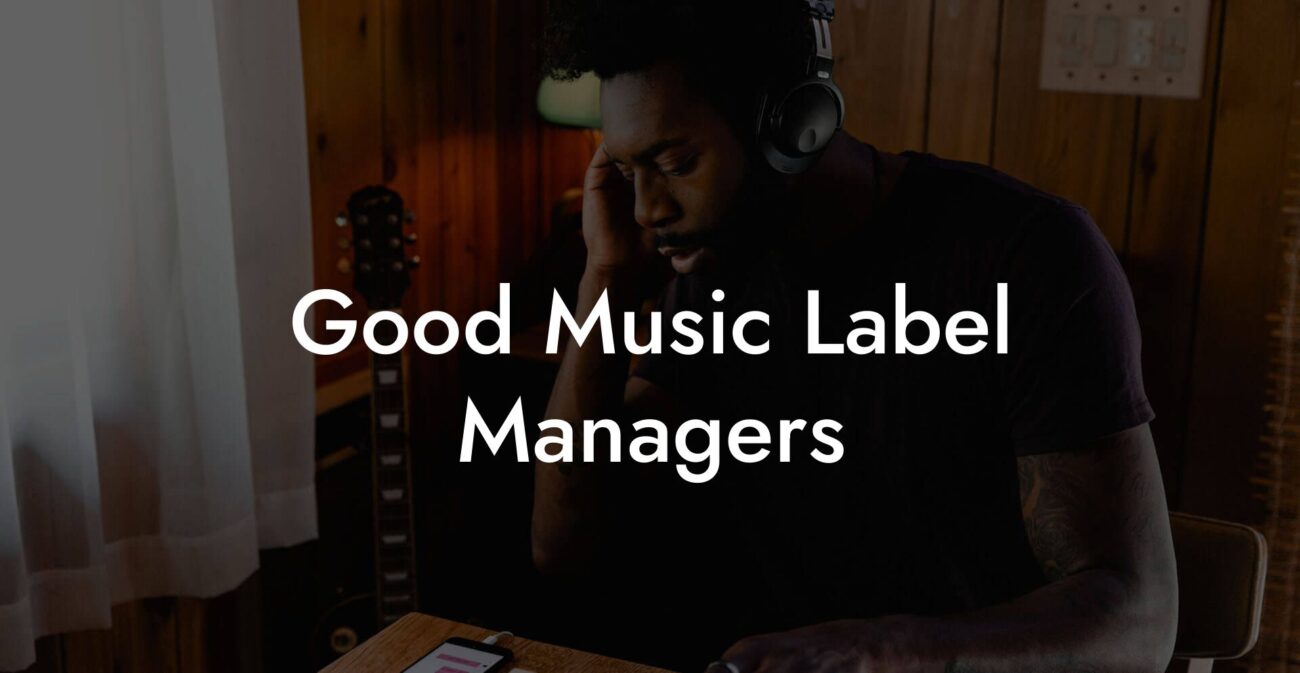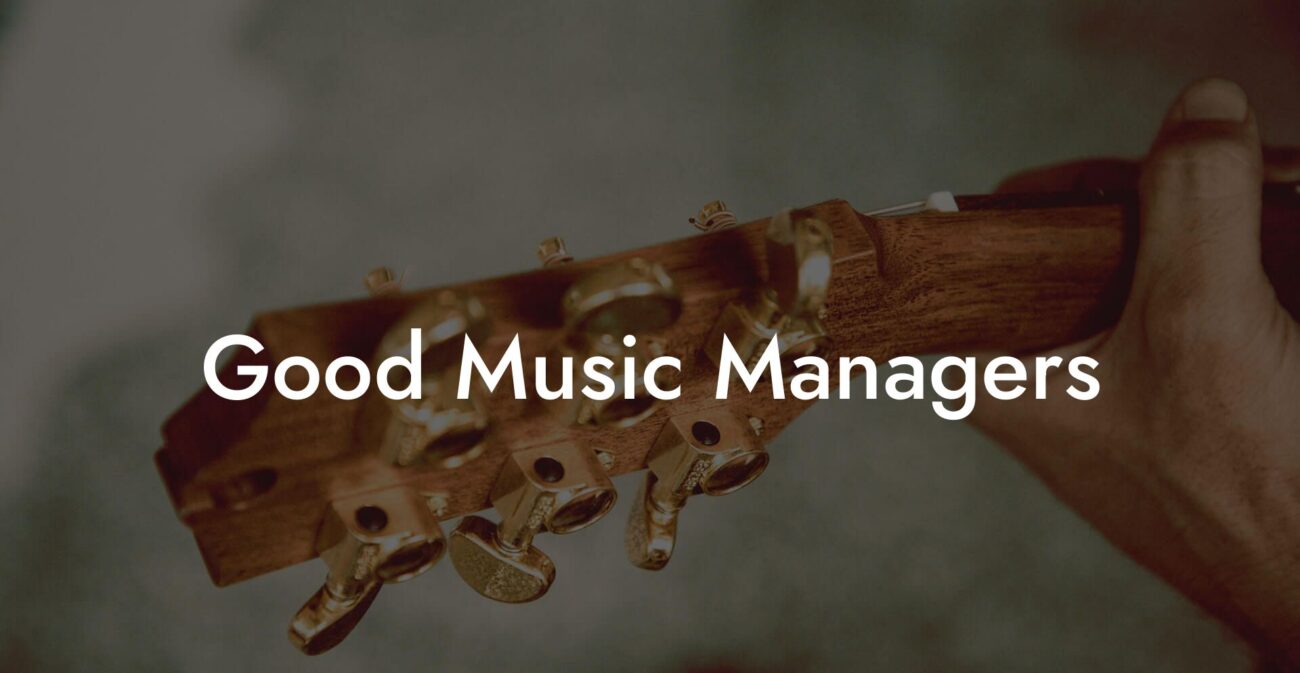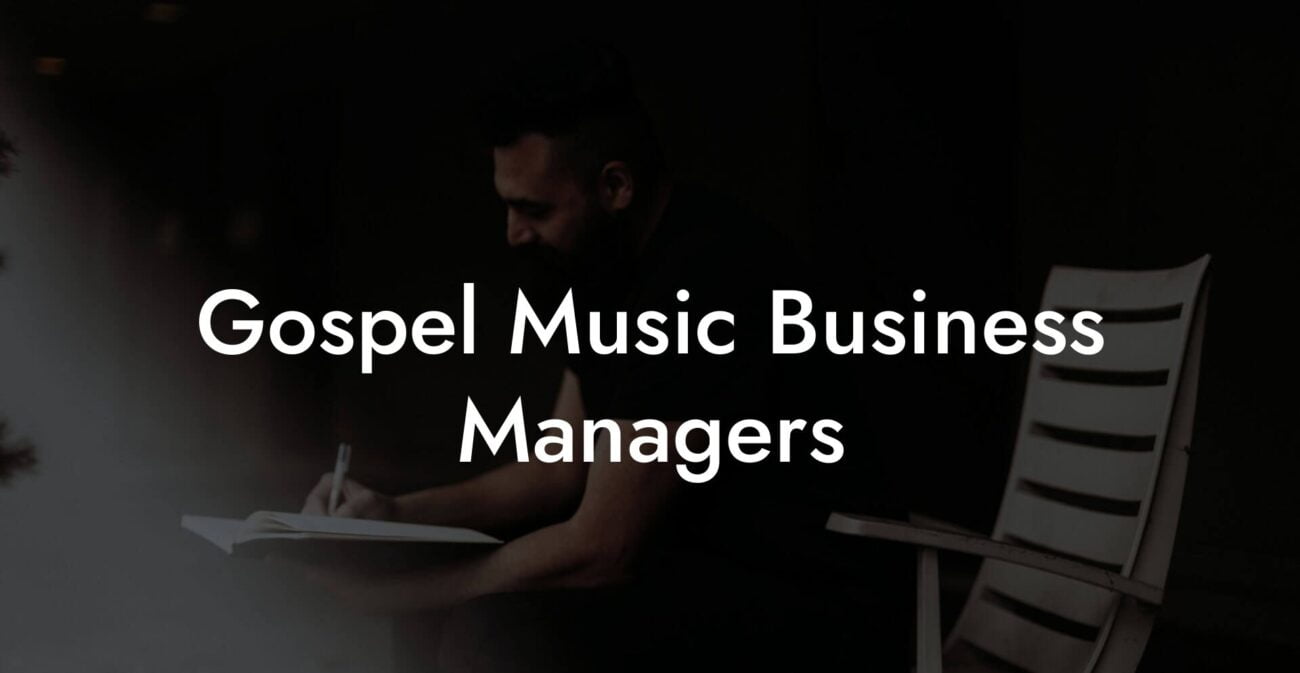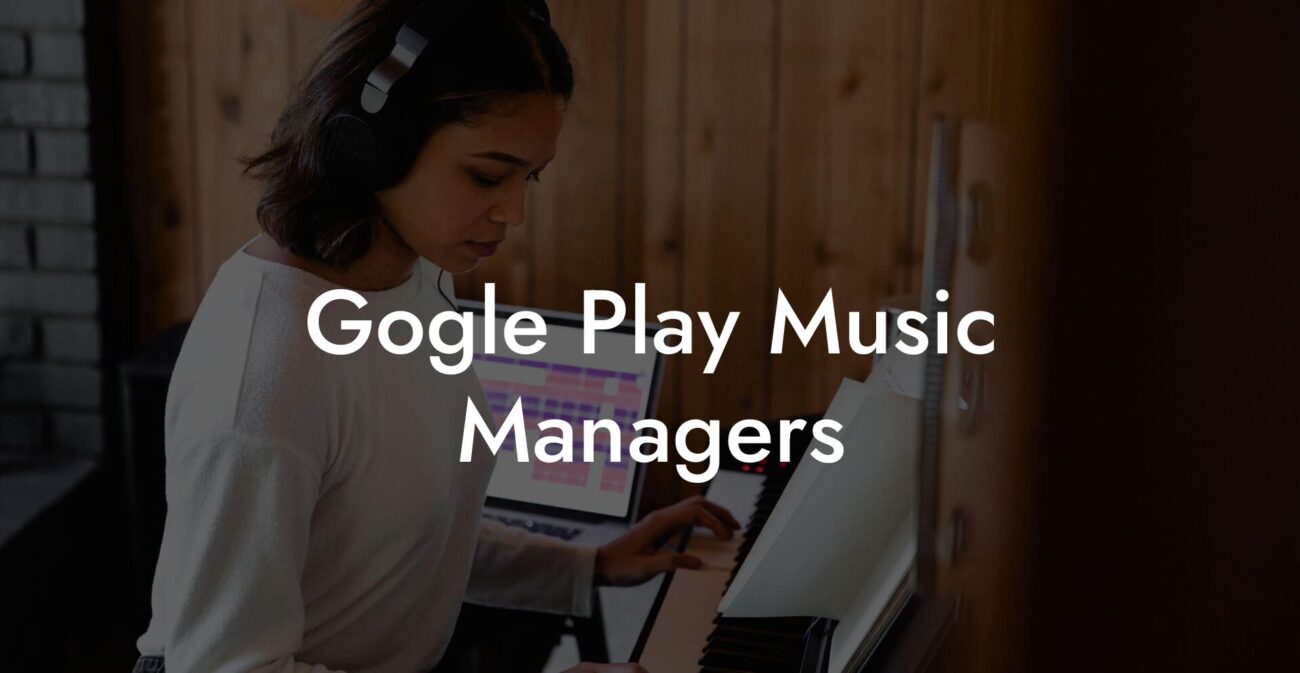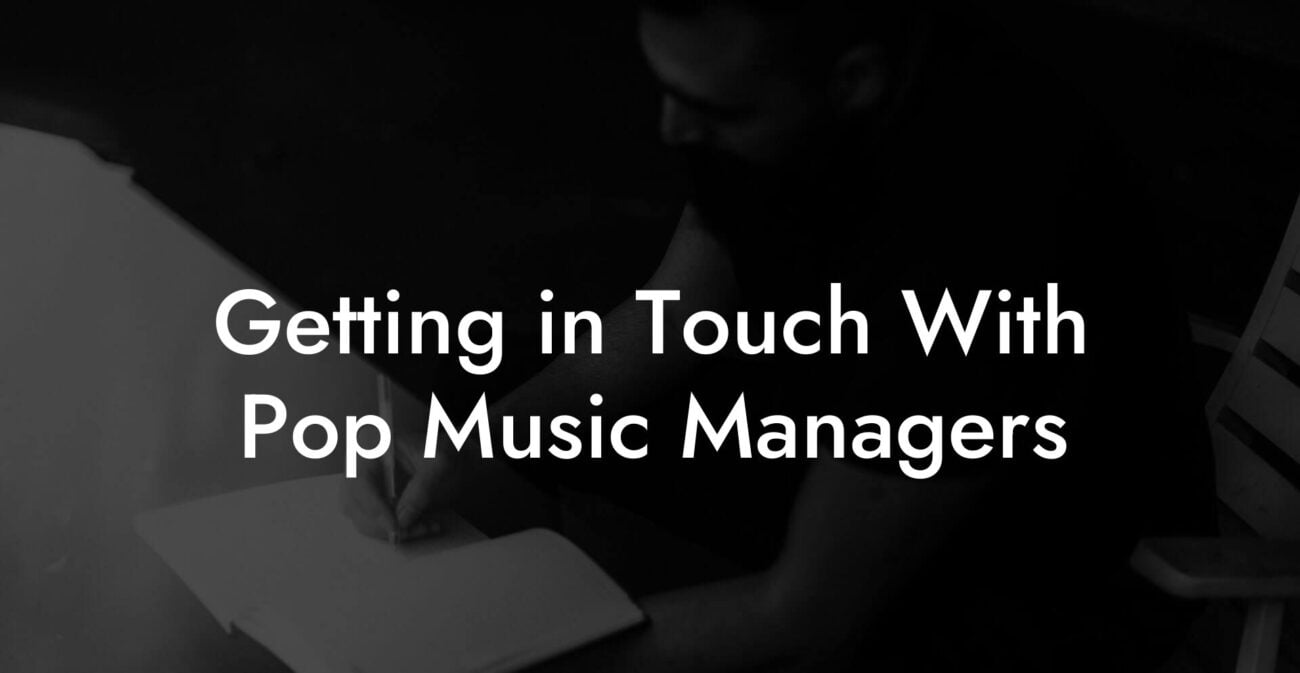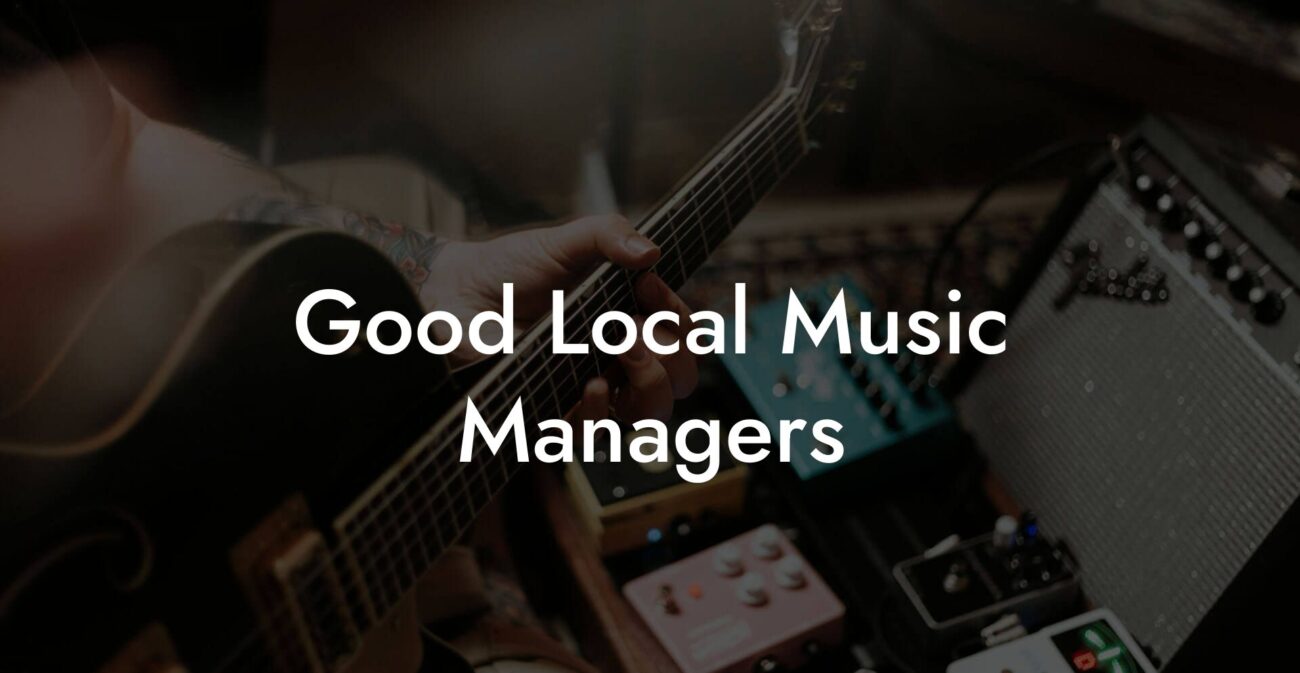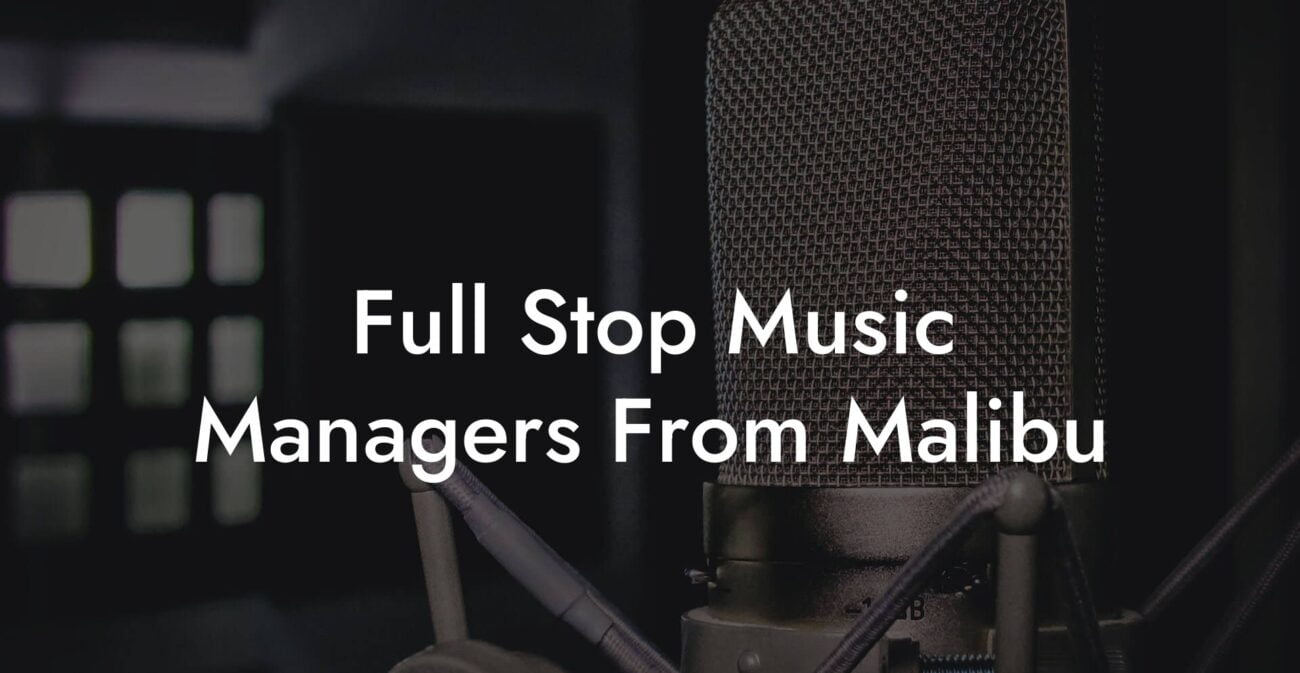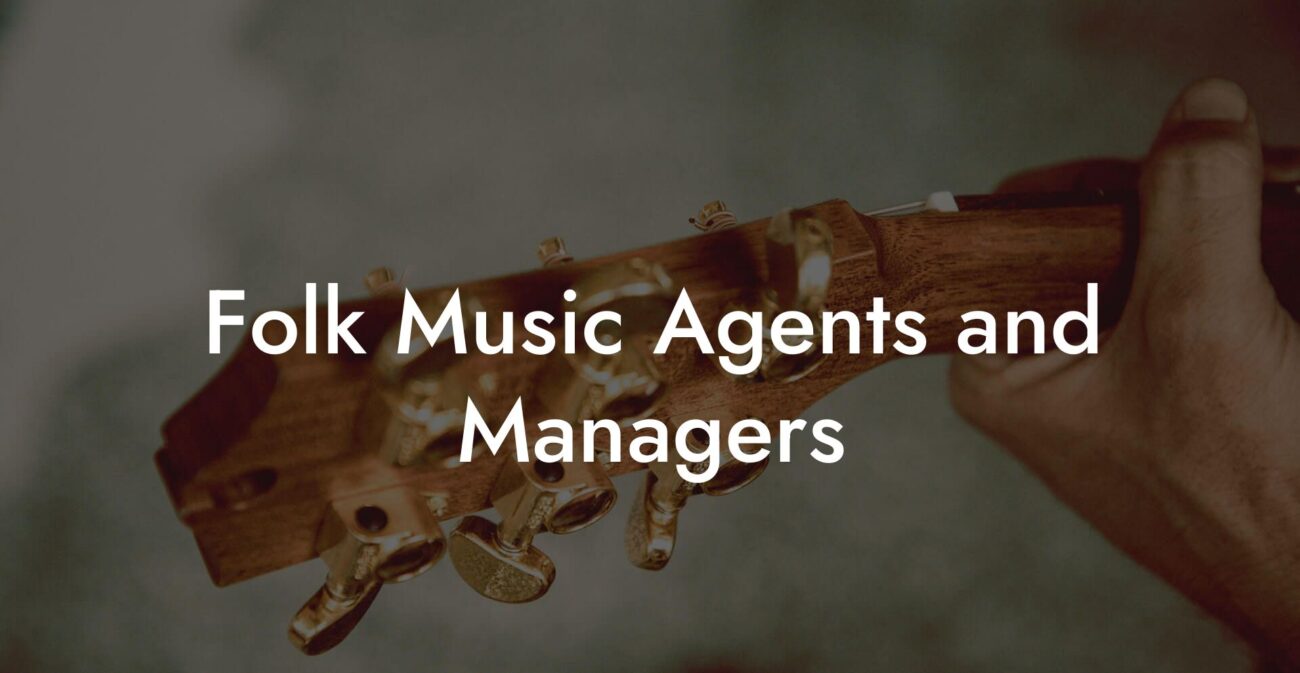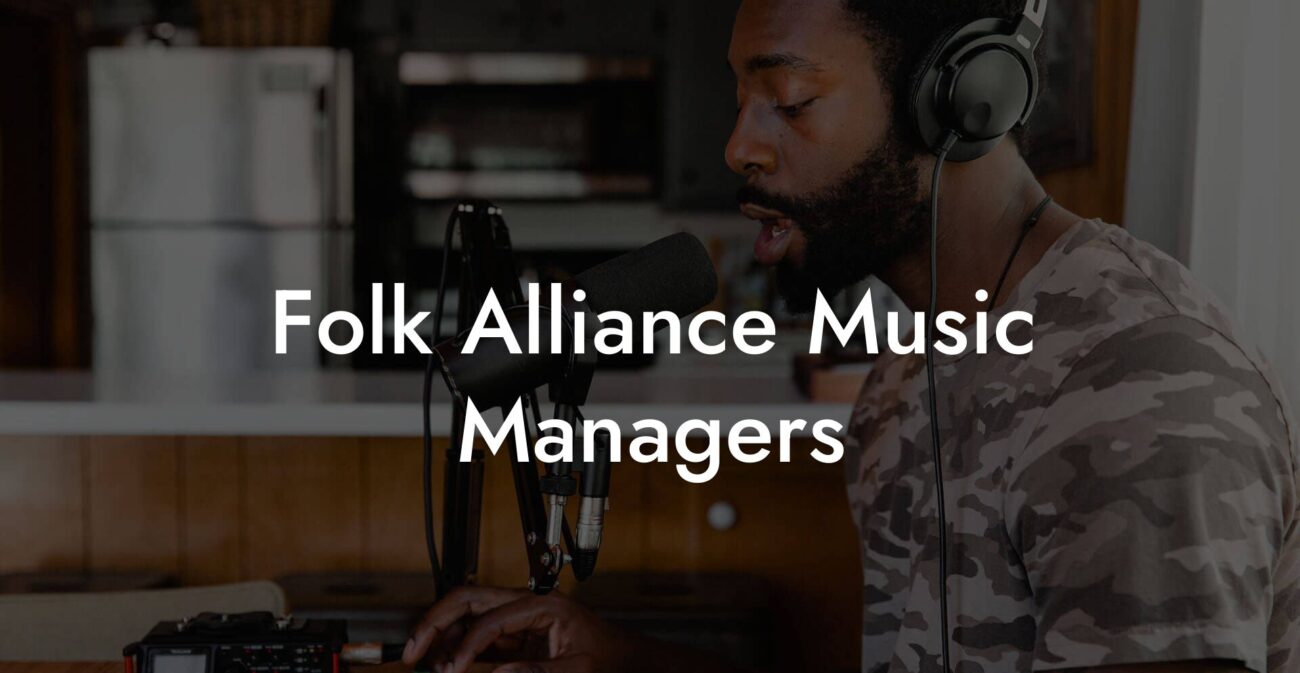Songwriting Advice
How To Make A Song For Kids

You want a song that a three year old will hum while sticky finger painting. You want parents to stop scrolling and actually press play. You want teachers to sing your chorus on the playground. This guide gives you all the practical, ridiculous, and totally usable steps to make songs for kids that work in the real world.
Quick Interruption: Ever wondered how huge artists end up fighting for their own songs? The answer is in the fine print. Learn the lines that protect you. Own your masters. Keep royalties. Keep playing shows without moving back in with Mom. Find out more →
Quick Interruption: Ever wondered how huge artists end up fighting for their own songs? The answer is in the fine print. Learn the lines that protect you. Own your masters. Keep royalties. Keep playing shows without moving back in with Mom. Find out more →
Quick Links to Useful Sections
- Why Writing For Kids Is Different From Writing For Adults
- Know Your Age Group
- Babies and toddlers, ages 0 to 3
- Preschoolers, ages 3 to 5
- Early school, ages 6 to 8
- Upper elementary, ages 9 to 12
- Core Principles For Great Kids Songs
- Start With One Clear Idea
- Structure Templates That Work For Kids
- Template A: Verse Chorus Verse Chorus Bridge Chorus
- Template B: Intro Chorus Verse Chorus Bridge Chorus
- Template C: Intro Verse Chorus Post Chorus Verse Chorus
- Melody And Rhythm Essentials
- Tempo guidance
- Melody tips
- Words That Stick
- Vocabulary and syllable count
- Rhyme and repetition
- Use Movement And Interaction
- Examples And Before After Lines
- Chord Progressions That Sound Caring
- Production Shortcuts When You Have No Budget
- DAW and basic tools
- Quick production tips
- Recording Vocals For Children
- Practical mic tips
- Lyric Example: Clean Up Song
- Writing Educational Songs That Teachers Will Use
- Real life scenario
- Common Mistakes And How To Fix Them
- How To Test Your Song With Real Kids
- Publishing And Copyright Basics
- Monetization And Use Cases
- Live Performance Tips For Kids Audiences
- Sample set list for a 20 minute show
- Promotion And Distribution Tips
- Brand Voice And Character
- Exercises To Write A Kids Song Today
- One line core promise
- Vowel melody drill
- Movement match
- Teacher test
- Real World Example: Making A Song For A Preschool App
- Frequently Asked Questions
- Action Plan You Can Use Today
Everything here is written for creators who want results fast. You will get concrete workflows, lyric templates, melody drills, production shortcuts, performance tips, and real life scenarios that show how the song gets used. We will explain industry terms as if you are my roommate who only knows two chords and a microwave. By the end you will have a complete plan to write a song for kids that is memorable, safe, and actually fun to perform.
Why Writing For Kids Is Different From Writing For Adults
Writing for kids is not dumbed down. It is focused. Kids respond to repetition, rhythm, and clear emotion. They trust sound and action over metaphor. Adults listening with them want something that does not make their brain melt. Your job is to satisfy both audiences with one tidy, singable thing.
- Memory over nuance Use repetition so the listener can sing back after one or two listens.
- Direct emotion Express a single feeling per section so the meaning is clear.
- Action and movement Include moves kids can do while singing. This helps memory and engagement.
- Short lines Keep lines short so little mouths can shape them easily.
- Safe language Avoid ambiguous words and references that require adult context.
Know Your Age Group
Kid is a huge category. A song for toddlers is different from a song for grade school kids. Decide your target and write to that audience. Here is a basic breakdown.
Babies and toddlers, ages 0 to 3
- Short predictable phrases
- Slow or medium tempo
- Simple sounds and soft textures
- Focus on names, body parts, basic routines
Preschoolers, ages 3 to 5
- Clear beats and steady tempo
- Action based lyrics like jump clap spin
- Playful characters and silly sounds
Early school, ages 6 to 8
- Longer phrases and more varied vocabulary
- Simple narrative and problem solving
- Choruses that double as chants
Upper elementary, ages 9 to 12
- Catchy hooks and more sophisticated chord changes
- Humor that lands for adults too
- Educational content can be more explicit
Core Principles For Great Kids Songs
These are the non negotiables. Keep them in your head while you write.
- Repeat the idea Repeat the chorus and its main phrase early and often. Repetition equals learning.
- Keep language concrete Use objects actions and colors. These form mental images quickly.
- Make verbs fun Choose verbs that imply movement. Kids want to do stuff not analyze feelings.
- Short is better Lines of four to eight syllables are a sweet spot.
- Singable range Keep melodies within a comfortable range for group singing. Most kids sing in a middle register.
- Use call and response This invites participation and gives a natural structure for verses and chorus.
Start With One Clear Idea
Before you write anything, name the song in one sentence. That sentence is the song promise. It tells the listener what they will learn or feel. For example: Learn the days of the week. Or Clean up your toys with a dance. Or Count to ten with a dinosaur.
Turn that sentence into a title that is short and repeatable. Examples: Days of the Week, Toy Shuffle, Dino Count.
Structure Templates That Work For Kids
You do not need a complicated form. Here are three reliable shapes that keep attention and produce repeatable hooks.
Template A: Verse Chorus Verse Chorus Bridge Chorus
This classic gives you room to teach or tell a tiny story then return to a strong chorus that kids can chant.
Template B: Intro Chorus Verse Chorus Bridge Chorus
Hit the hook early if the chorus is the main teaching moment. The intro can be a short chant to cue participation.
Template C: Intro Verse Chorus Post Chorus Verse Chorus
Post chorus is a short earworm tag that repeats a single word or action. It works great as a movement cue.
Melody And Rhythm Essentials
Kids respond to rhythm before harmony. Tempo and groove matter. If you want a dance number, bump the tempo a little. If you want a lullaby, slow it down and use long notes.
Tempo guidance
- Toddlers and preschoolers respond to 80 to 120 beats per minute. This is a comfortable walking to dancing pace. Beats per minute is often shortened to BPM in music talk. BPM means the number of beats in one minute.
- Fast action songs can go up to 140 BPM for high energy routines. Test the movement and breath of a child first.
- Lullabies are usually 60 to 80 BPM with long melodic notes.
Melody tips
- Use small melodic ranges. A distance of a fifth between lowest and highest note is easy for groups to sing.
- Repeat melodic hooks often. If a melody repeats every eight bars kids lock it quickly.
- Make the chorus higher in pitch than the verse to create a natural lift and excitement.
Words That Stick
Lyrics for kids are practical. They teach names and actions. They use repetition and rhyme. They leave space for movement and breathe.
Vocabulary and syllable count
- Use words that kids know or that are easily demonstrated. When you teach a new word, use it several times in context.
- Keep syllable counts even between lines so the melody stays predictable.
- Prefer open vowels like ah oh and ee on long notes. These are easy to sing and project.
Rhyme and repetition
Rhyme helps memory but avoid forcing words to rhyme at the cost of clarity. If a rhyme sounds silly or confusing, replace it. Repeat key phrases as anchors. A ring phrase is a short part that opens and closes the chorus each time. Example ring phrase: Let us clean up now. Let us clean up now.
Use Movement And Interaction
Movement is the secret sauce. Kids learn by doing. If your chorus includes a move the song becomes a game. Add simple instructions like clap stomp spin or reach up. Keep the moves safe and obvious.
Example choreography for a chorus with four counts per line
- Clap on one and two
- Stomp on three and four
- Repeat and add a spin on the last repeat
Examples And Before After Lines
Seeing before and after examples helps. Here are quick edits that turn vague adult lines into kid ready lines.
Before: I feel lonely when you are not here.
After: Where did you go my little sock I took a peek inside the drawer.
Before: I want you to clean your room.
After: Put the blocks in the box now clap clap put the blocks in the box.
Before: The storms can be scary.
After: Rain drum on the roof like a drum beat tap your lap and jump.
Chord Progressions That Sound Caring
Kids songs do not need complex harmony. Simple progressions support melody and let lyrics shine. Use major chords for upbeat songs and minor for moments that need gentle sadness. Avoid too many changes per line. The smooth motion helps kids follow.
- Common progression: I IV V I. For C major this is C F G C. Play each chord for one or two bars.
- For a lullaby try I vi IV V. In C major that is C Am F G. It has a soft emotional shape.
- Try a pedal note under changes for a playful repeating bass.
Production Shortcuts When You Have No Budget
You do not need a big studio. Use what you have and be clever. Even a phone can capture a warm vocal if you control the room. Here are practical tips.
DAW and basic tools
DAW stands for digital audio workstation. It is the software used to record and arrange music. Popular options include free and low cost choices. Use loops and simple drum kits to build a bed. Use a metronome to keep tempo steady. Export in a format like MP3 or WAV for sharing.
Quick production tips
- Record in a quiet room and hang a blanket behind the mic to reduce echo.
- Use a simple drum loop and piano or ukulele for chords. Ukulele is great because kids hear it as friendly.
- Add one charming sound effect like a squeak or a toy bell for personality.
- Keep the vocal forward in the mix. Parents should be able to hear words clearly.
- Use light compression to even out levels so whispers and shouts stay in balance. Compression is an audio tool that reduces the dynamic range. It makes quiet parts louder and loud parts quieter.
Recording Vocals For Children
If you plan to use a child vocalist, there are legal and practical rules. Record short takes. Keep sessions fun and short. Use snacks and breaks. If you use adult performers with child like voices, guide them to keep sincerity not caricature. Authenticity matters more than perfection.
Practical mic tips
- Place the mic a small distance from the mouth to avoid plosives. Plosives are hard consonants like P and B that make pops in the recording.
- Record multiple short takes rather than one long run.
- Invite movement when needed but record stationary for clarity.
Lyric Example: Clean Up Song
Title: Clean Up Now
Intro: Clean up now clap clap clap
Chorus: Put it in the box put it in the box clap clap put it in the box put it in the box hooray
Verse: Blocks on floor cars on the rug toys in a tumbly pile pick them up with a smile
Bridge: Make a rocket out of boxes zoom to space and then come back hooray
This simple song has a ring phrase a movement cue and a tiny narrative. It repeats so kids feel successful quickly.
Writing Educational Songs That Teachers Will Use
If you want educators to use your music make it repeatable and curriculum friendly. Include the learning objective early. For example if you teach counting include the target range in the chorus. Provide a simple activity guide that shows how to use the song in a lesson. Teachers love downloadable lyrics and a one page activity plan.
Real life scenario
Imagine a kindergarten teacher named Maria who needs a five minute warm up for math time. She wants a song that teaches counting to twenty with claps. If your chorus is a ten second count from one to five with a clap on three she can loop it and add visual counting cards. Give her a PDF with lyrics and suggested props and she will use your song every week.
Common Mistakes And How To Fix Them
- Too complex vocabulary Fix by swapping one tricky word for a simpler synonym or demonstrate the word in the song.
- Long melodic leaps Fix by smoothing the line with stepwise motion so group singing works.
- Lyrics that only adults understand Fix by giving an action or visual to anchor the concept.
- Production that competes with voice Fix by lowering instrument volume or removing busy high frequency sounds during vocal lines.
- No movement cues Fix by adding one clear gesture per chorus and labeling it in the lyric sheet.
How To Test Your Song With Real Kids
Testing is simple and free. Bring the song to a small group and watch for these signs of success.
- Do kids sing the chorus back after one listen?
- Do they move when prompted or make up their own movement that fits?
- Do parents ask for the lyrics after the session?
- Does a teacher ask for a downloadable version?
Record the session and pay attention to lines the kids skip. Keep what works and cut what does not. Kids are brutally honest. They will teach you faster than any focus group.
Publishing And Copyright Basics
Protect your work by registering it with your local copyright office and with a performing rights organization. Performing rights organizations collect royalties when your song is played on radio TV public performance or streaming services. P R O is an acronym that stands for performing rights organization. Examples vary by country. If you plan to use samples get clearances. If you use nursery rhyme melodies that are in public domain you are generally safe. If you create a new arrangement of a public domain melody you own your arrangement. Consult a music lawyer if you plan to scale commercial use.
Monetization And Use Cases
Kids songs can make money through streaming syncing to TV shows or apps licensing to schools and selling physical or digital songbooks. Consider multiple formats. A version with a sing along track a version with choreography and an instrumental version are useful for different buyers.
Live Performance Tips For Kids Audiences
Live shows are a different skill. Keep sets short and interactive. Use call and response and pauses for applause. Have visuals like puppets simple props and clear cues. Parents appreciate clean sound and a controlled volume. If kids sit on the floor give them space to move.
Sample set list for a 20 minute show
- Welcome song with name call outs
- Action song with clapping
- Educational song with counting
- Quiet song for a calm moment
- High energy finale with dancing
Promotion And Distribution Tips
For kids music think platforms where parents look. YouTube is huge for kids content. Spotify and Apple Music matter. Playlists for children exist and curators accept pitches. Create short video clips with movement cues and lyrics on screen. Offer teachers a free activity pack to build trust.
Brand Voice And Character
Kids music benefits from a clear personality. Choose a character or theme that carries through songs. It can be a silly animal a rocket or a talking broom. Consistency helps kids recognize your brand and helps parents feel comfortable with repeated plays.
Exercises To Write A Kids Song Today
One line core promise
Write one sentence that says what the song is about. Keep it to ten words or less. Make it an action sentence like Learn the days of the week with a clap.
Vowel melody drill
Play two chords. Sing on vowels for two minutes. Mark the melody that repeats naturally. Add a short phrase that fits that melody. Repeat it and make it the chorus.
Movement match
Pick three simple moves. Write three lines where each line instructs one move. Make the last line a cheer that repeats the song title.
Teacher test
Send a 60 second demo to one teacher and ask two things. Will this work in circle time. What props would you use. Use the answers to adjust length tempo and lyric clarity.
Real World Example: Making A Song For A Preschool App
Scenario: An app wants a 90 second song that teaches colors. They will loop the song during a matching game. The client needs clean lyrics and a version without vocals for background play.
Workflow
- Define core promise: Learn five colors with actions.
- Write title: Color Bounce.
- Tempo: 100 BPM for bouncing action.
- Structure: Intro Chorus Verse Chorus Instrumental loop Chorus.
- Melody: Keep chorus within a fifth. Repeat color names on long notes.
- Production: Use bright synths ukulele and toy bell for accents.
- Deliverables: Full vocal mix instrumental mix and lyric sheet with movement cues.
Frequently Asked Questions
How long should a kids song be
Most kids songs work best between 60 and 180 seconds. Shorter songs repeat more often and help memory. For an app loop or classroom use aim for ninety seconds to two minutes. For a recorded single keep it under three minutes unless you have story elements that deserve the time.
What is the ideal BPM for kids music
For movement songs aim for 90 to 120 beats per minute. For lullabies aim for 60 to 80 BPM. Test the movement and breath of children to find the most comfortable tempo.
Should I use real kids voices or adult voices
Both work. Real kids voices add authenticity but require careful recording and legal permissions. Adult voices performing with sincere delivery often scale better for streaming and rights management. If using kids voices be sure to handle parental consent and work hour rules.
How do I make my song educational without sounding like a lecture
Embed learning in action and story. Teach counting by counting steps in a dance. Teach colors by asking kids to point and move when they see a color. Keep language playful and use repetition to reinforce facts. Give teachers a simple activity guide to extend learning beyond the song.
Action Plan You Can Use Today
- Pick an age group and write one sentence that sums the song idea.
- Make a two chord loop and record a vowel pass to find a melody gesture.
- Write a chorus of one to three short lines that repeat a clear phrase.
- Write one verse with three concrete images and one movement cue.
- Test with three kids or one teacher and note what they repeat after one listen.
- Record a raw demo and export two mixes. One vocal mix and one instrumental mix for background use.
- Create a simple lyric sheet with movement cues and a one page activity guide for teachers.

